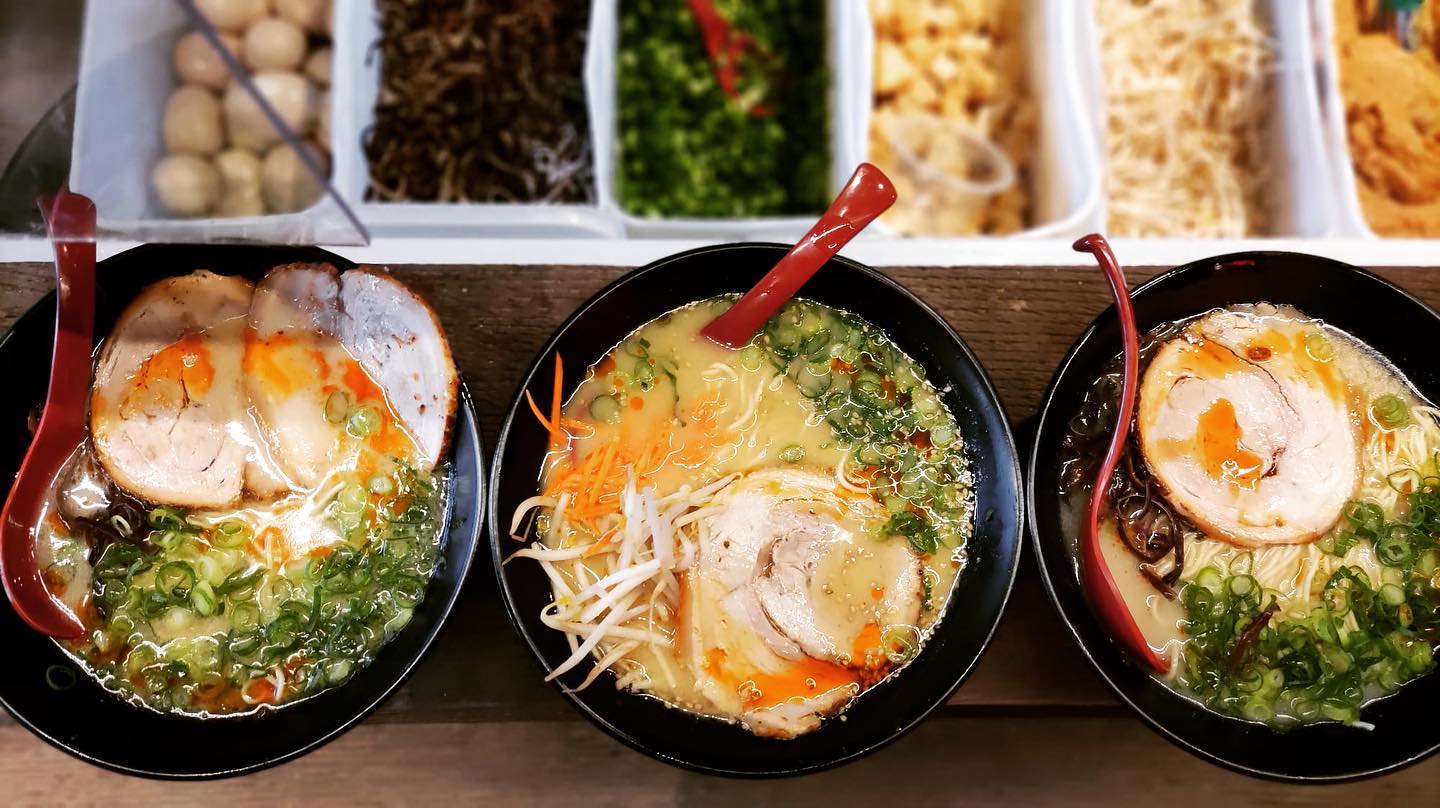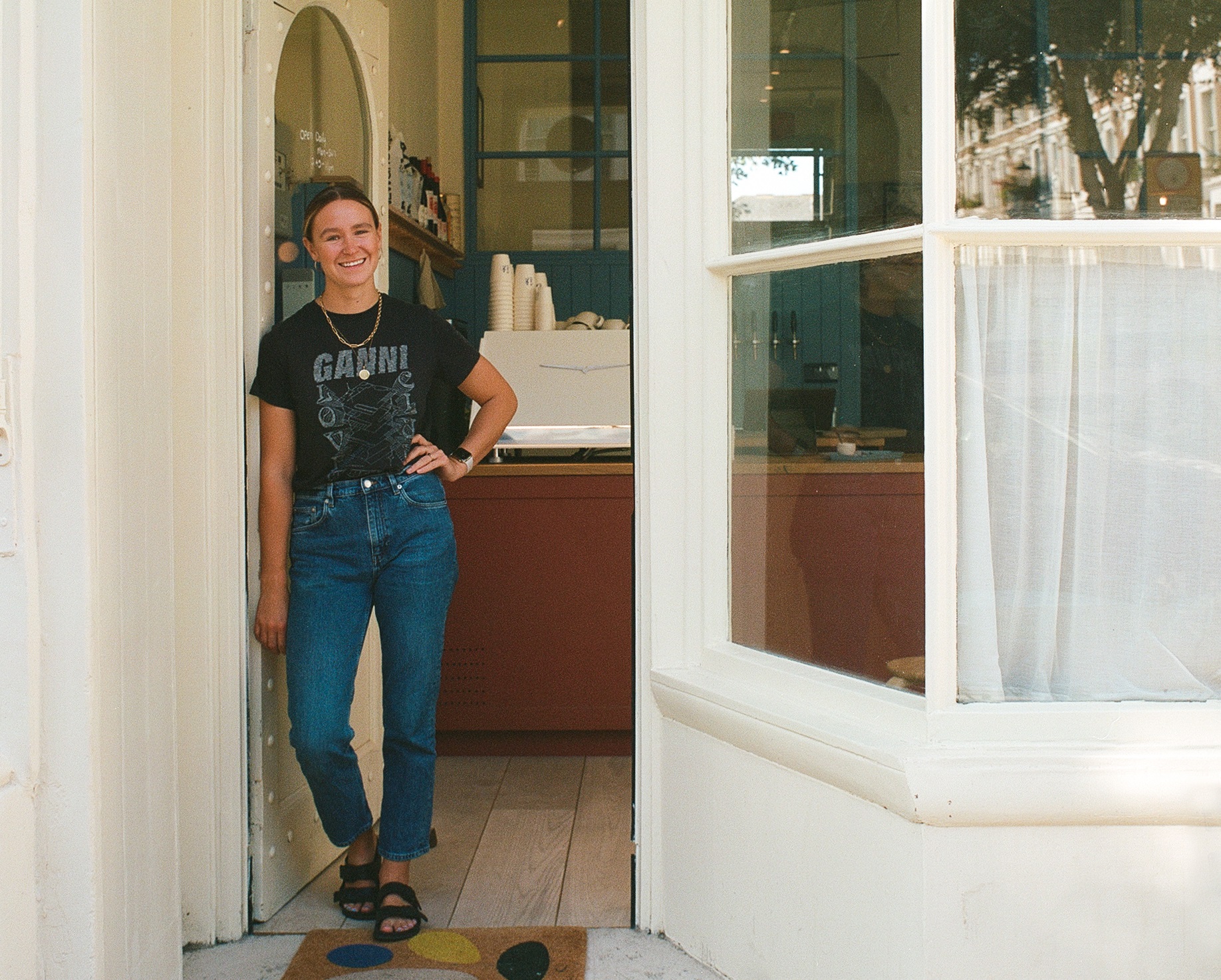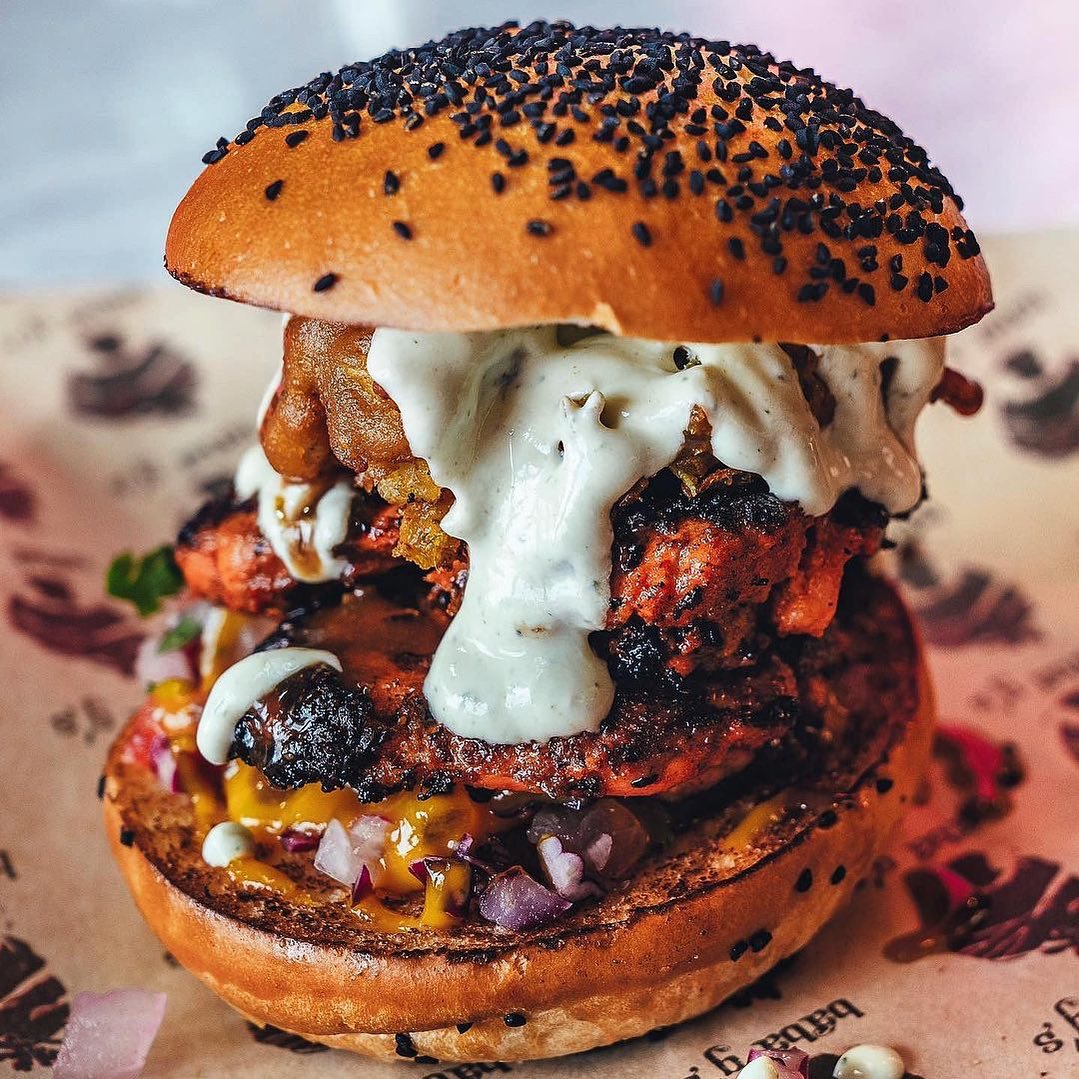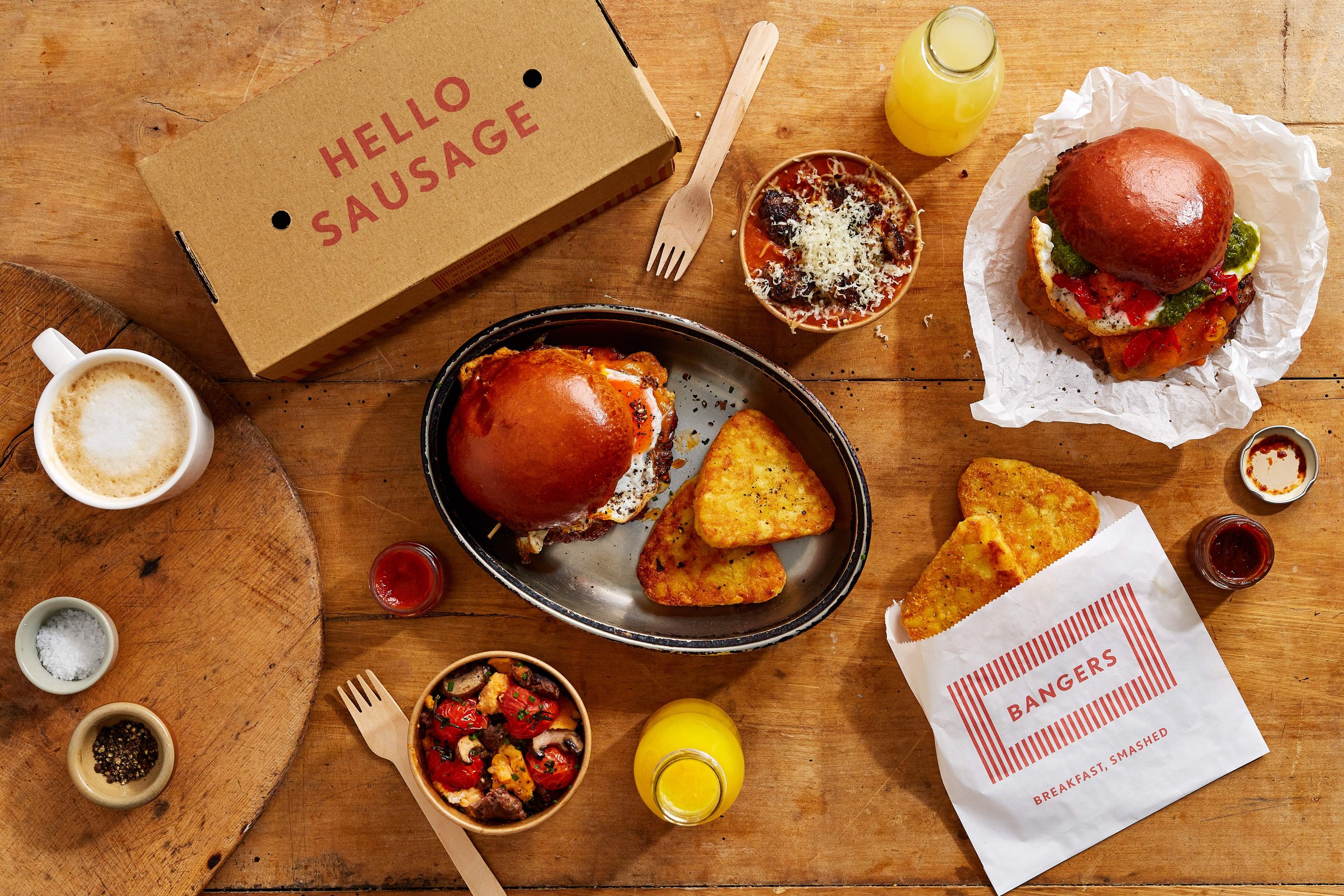Elephant and Castle is known for being home to London’s ‘Latin Quarter’, hosting the second largest Latin population in the capital. Around 10% of the population of the Borough of Southwark claim Latin heritage – hailing from all corners of the continent, including Colombia, Chile, Argentina, Brazil, Uruguay, and more –, their numbers second only to the neighbouring Borough of Lambeth.
The Latin community has been putting down roots in Elephant and Castle since the 1970s, but only begun to boast a visible presence in the area during the ’90s, shaping a rich cultural landscape with salsa clubs, bars with live Latin music and, of course, a vibrant culinary scene.

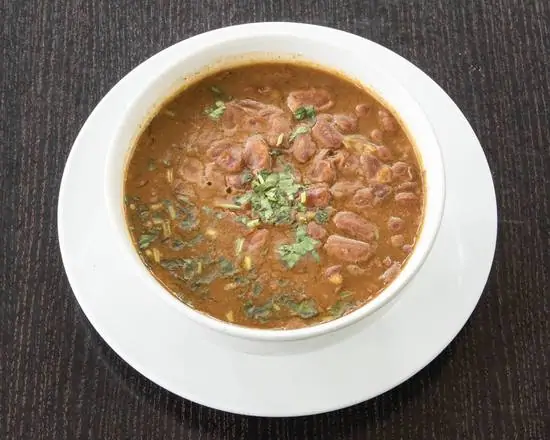

Why have so many Latin people in London found a home in Elephant and Castle? There’s no simple answer nor sole reason, but it’s undeniable that food has played an important part. As the community has expanded over the years, multiple cafes and restaurants serving Latin food have sprung up. The area, both past and present, has therefore been a place for those new to the city to taste a little slice of home, as well as to find a supportive community able to partake in a shared language, culture, as well as assist with the practical elements of navigating life in a new country.
On offer in Elephant and Castle, Latin fare ranges from bakeries selling savoury and sweet treats, excellent coffee shops, as well as restaurants serving traditional dishes like empanadas, ceviche, burritos, tacos and steaks – in short, it’s any Latin food lover’s dream. And while Elephant and Castle remains, without a doubt, a mecca for many of London’s Latin population, a slew of major and recent changes to the area are putting the Latin community at risk. They, as well as many other inhabitants from ethnic minorities, are close to being pushed, and priced, out of their home.
The closure of the Elephant and Castle shopping centre in 2020, a controversial decision that has played a key role in the ongoing gentrification of the area, meant that many independent Latin and minority ethnic businesses were forced to relocate. With the support of local community organisations and non-profits – such as Latin Elephant, who have worked closely with independent traders throughout the redevelopment process – many vendors have been able to find new spaces from which to continue to operate.
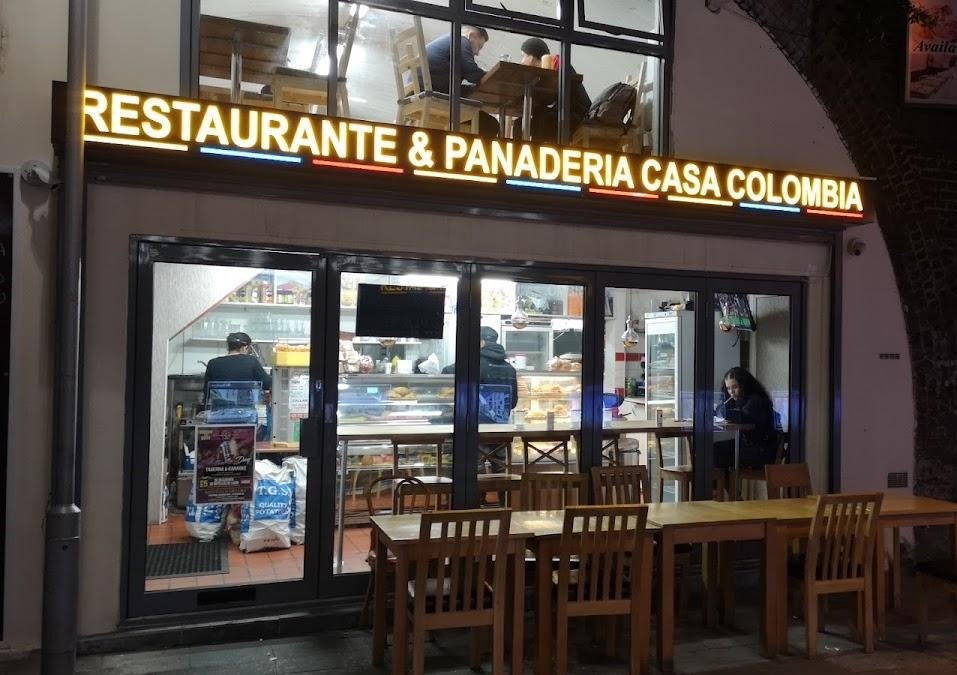

Unfortunately, and somewhat inevitably, the relocation process has not been without problems. Two prominent Latin-owned food businesses, formerly based in the shopping centre and nearby market, Dr Juice and El Guambra, have respectively been relocated to Elephant Arcade and Castle Square. Sadly, the new locations are proving to be far less lucrative than the businesses’ previous homes. Having served both as a retail and community hub, many people visited the historic shopping centre and market to feel a connection to their neighbours. Without the additional lure of socialisation and familiar faces, businesses like Dr Juice and El Guambra have lost vital custom.
Steven Landeta, son of El Guambra’s chef, Marlene Calderon, explained: “We thought the new spot would attract new people. Unfortunately, it hasn’t. It feels like the design of the building hasn’t been thought about, and this has impacted us – and other traders too.”
Whilst many of the Latin-owned restaurants in the area have existed predominantly to serve their communities, it’s clear that businesses like Dr Juice and El Guambra would benefit from access to the area’s new cash influx. The redevelopment has introduced a new demographic with a larger disposable income to Elephant and Castle, but for many of the existing traders, this has not yet translated into new custom.

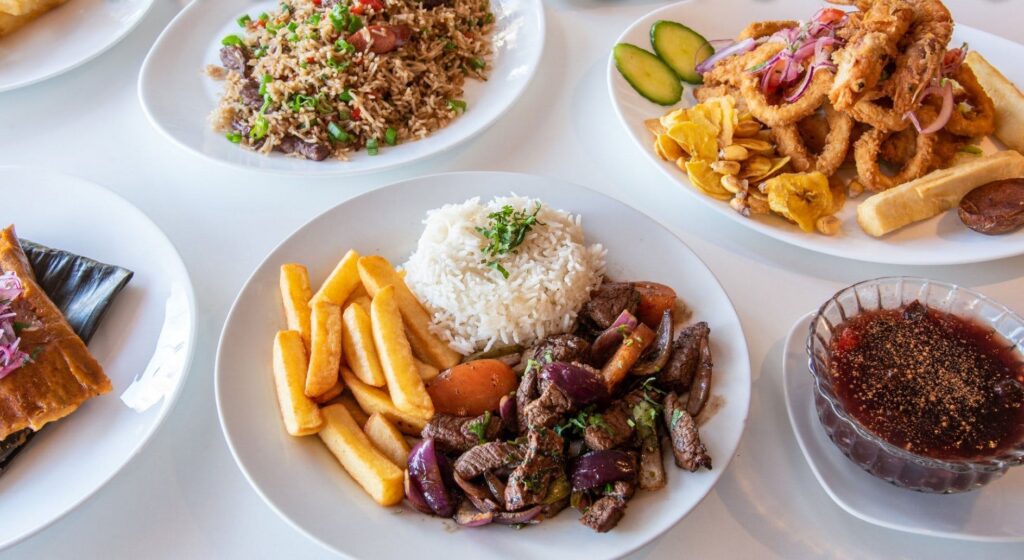
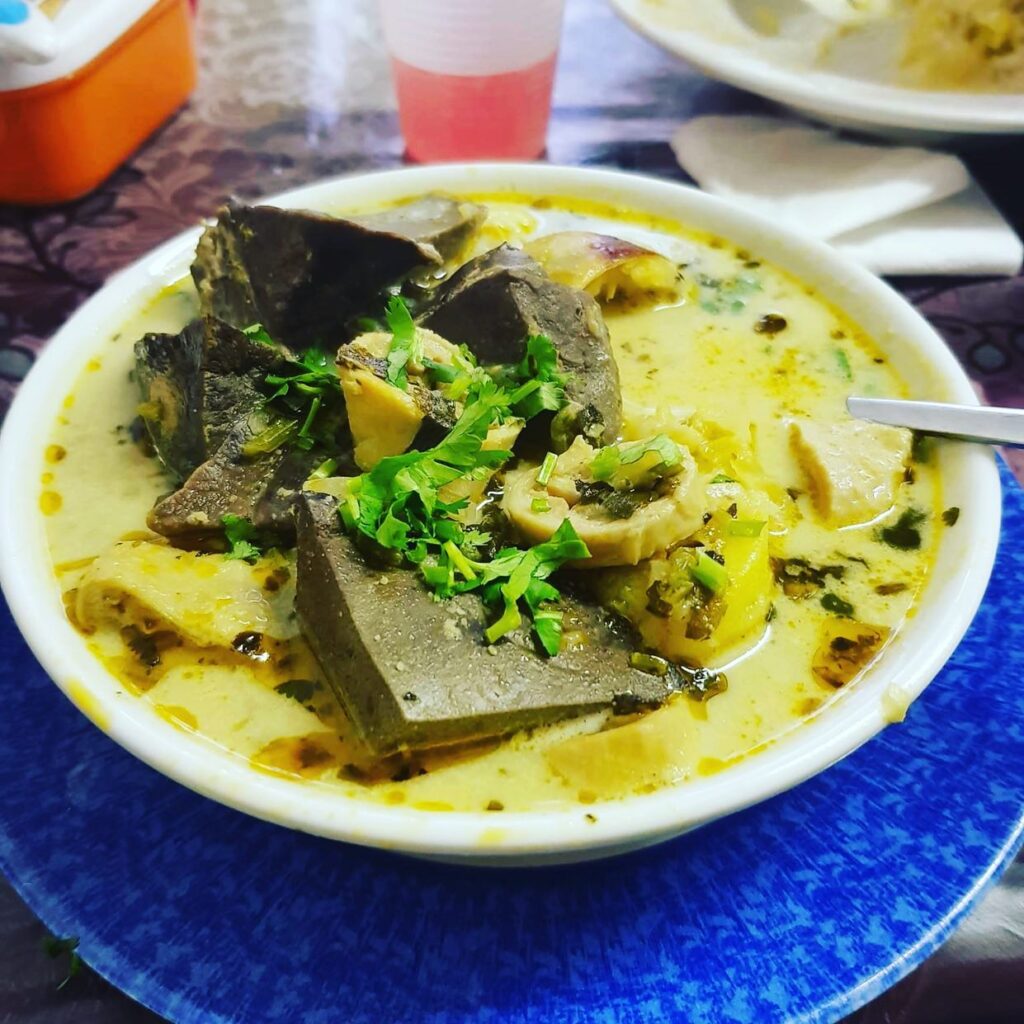
Sophie Hall, a representative from Latin Elephant, explained why she thinks the community hasn’t organically benefited from the new wealth. “It’s a risk for people to try new things,” and with “shinier” options catering to the new demographic, such as the nearby Mercato Metropolitano, who are able to provide a glossy website to review, some people will choose the easier option. Despite that, Sophie is optimistic: she thinks that, as “food is an affordable luxury”, there will be people looking for more authentic options who will not be put off by the “local feel of many of the surviving restaurants in the area”.
As well as being integral to the fight against gentrification in Elephant and Castle, Latin Elephant have previously organised walking tours of the area, based around its food scene. The tours have proven to be a successful way of introducing new customers to local cafes and restaurants, and the team are hoping to restart these tours later in the year.
Although the food scene in Elephant and Castle is in a state of flux, with many vendors currently in the process of re-establishing themselves post-redevelopment, it remains a buzzing place to visit for anyone wanting to experience diverse food options and soak up the culture of those who refuse to be pushed out.
If you are interested in getting to know the Latin Quarter and want to support local businesses, click here for our list of the best Latin spots to try in Elephant and Castle!



